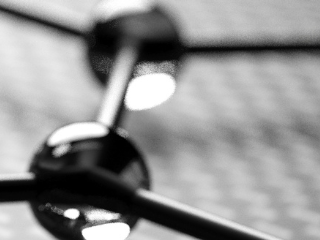Author(s): Perry M. K.; Allen G. M.; Hoffman N. F.; Orlando J. A.; Tiano T. M. ![]()

| ISSN: 3005-2092
Work completed by Brown University showed that dry graphene or graphene oxide nano-films interfered with host-seeking behavior of Aedes aegypti mosquitoes. The specific aim of this effort is to expand upon this knowledge and to develop military-specific textile technologies to reduce exposure to arthropod bites without degrading the desired properties of uniform materials.
Citation:
ABSTRACT
Arthropod transmitted diseases can have a significant impact on Military readiness. To limit exposure to disease carrying arthropods, the US Military uses the Department of Defense (DoD) Insect Repellent System, which calls for proper wear of a treated uniform, using topical repellent on exposed skin, taking prophylaxis, and sleeping under a bed-net. Both the US Army and Marine Corps use insect repellent treated uniforms. These treatments do provide an initial level of protection to the Warfighter but degrades with laundering and wear. With the rising threat of vector-borne diseases, there is a need to enhance protection to Warfighter through improved uniforms.
DOWNLOAD FULL ARTICLE


